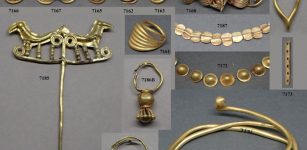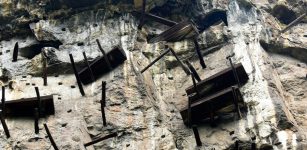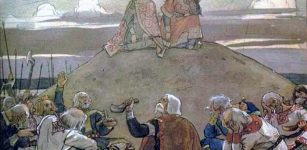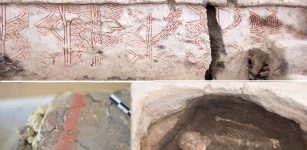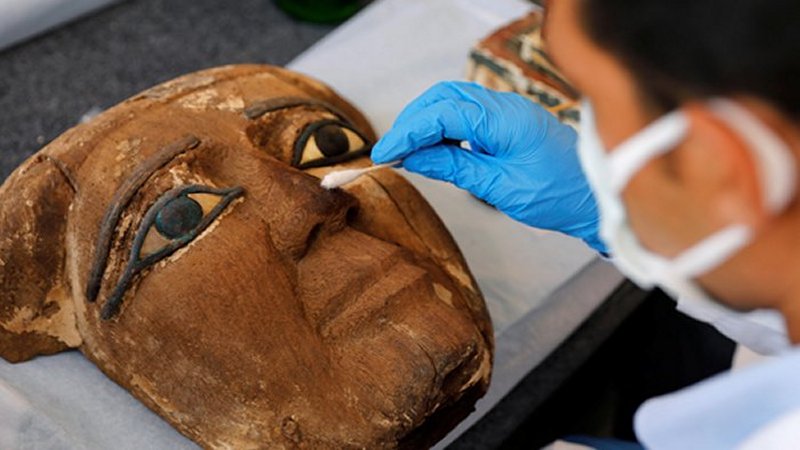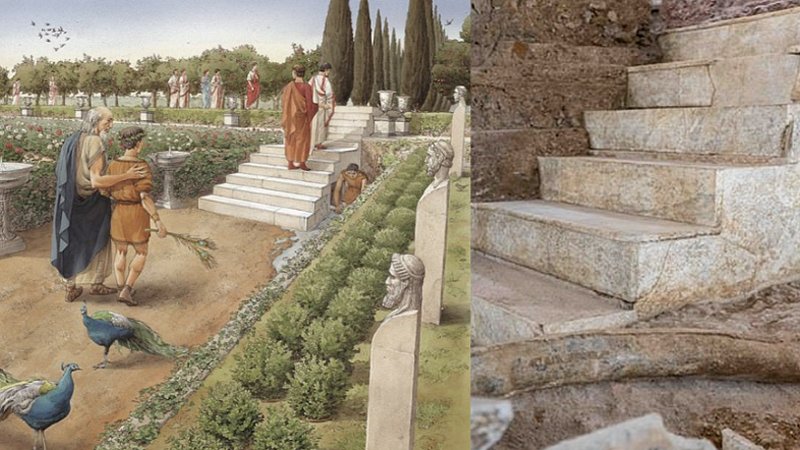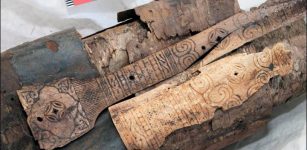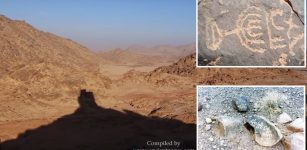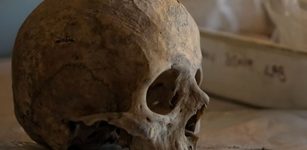Pharaoh Ramses II Comes One Step Closer To The Gods In The Company Of Hathor, Sekhmet and Ptah – Statues Discovered
Jan Bartek – MessageToEagle.com – Ramses II (1304 B.C – 1214 B.C), the third Pharaoh of the Nineteenth dynasty was a powerful ruler who achieved much, but he had plenty of enemies.
On the list of those who wanted him dead, we find the Hittites, Syrians, Libyans, and Nubians. This didn’t prevent him from expanding his borders and strengthen the Egyptian Empire.

A gigantic statue of Ramesses II in Memphis. Credit: Public Domain
According to historians, the most famous battle during Ramses’ rule was the Battle of Kadesh. This clash is the oldest recorded battle in history. It was a strange battle because there was no real winner. Ramses II led a force of 20,000 men against the larger Hittite army of 50,000 men. Even though the Egyptian Pharaoh did not manage to overcome the Hittites, he returned as a hero.
He is today widely regarded as the greatest, most celebrated, and most powerful Pharaoh of the New Kingdom.
Ramses II’s achievements were not only of the military kind. He spent much time rebuilding many of the existing temples in Egypt and he constructed new structures of his own. Having a high opinion of himself, like most pharaohs, his cartouches are prominently displayed even in buildings that he did not construct.
Nevertheless, despite this historical confusion, scientists do know Pharaoh Ramses II built extensively throughout Egypt and Nubia and his architecture legacy is well-remembered.
As an example, one can mention Pi-Ramesse, one of the greatest cities in the Land of Pharaohs”. The site had previously served as a summer palace during Seti I’s reign, but it was Ramses II who made it into the powerful metropolis.
He and his principal wife, Queen Nefertari, made regular offerings to the Egyptian gods, and the Ramses II intended not only to become Egypt’s greatest pharaoh, but also one of its deities.
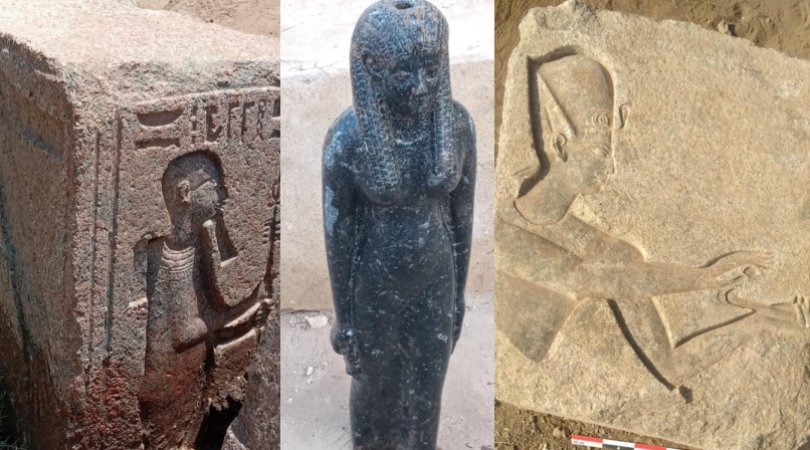
Ancient statues discovered near Mit Raineh. Credit: Egypt’s Ministry of Tourism and Antiquities
So, it is not very surprising archaeologists have found his ancient statue accompanied by three Egyptian deities. The archaeological discovery was made near Mit Raineh, about 18 miles south of Cairo.
Egypt’s Ministry of Tourism and Antiquities announced scientists unearthed a number of patterned stone blocks and ancient statues during the work of rescue excavators initiated by the council inside a land owned by a citizen while building a project in the area.
”Pink and black granite statues dating back to the era of Ramesses II” together with Coptic-era blocks of limestone have been found near Mit Raineh, some 30 km south of Cairo, by archaeologists of the Superior Council of Egyptian antiquities, according to the Facebook page of Egypt’s Ministry of Tourism and Antiquities.
Among the unearthed blocks was a large statue of Ramesses II” accompanied by statues of the Goddesses Hathor, Sekhmet and the God Ptah.
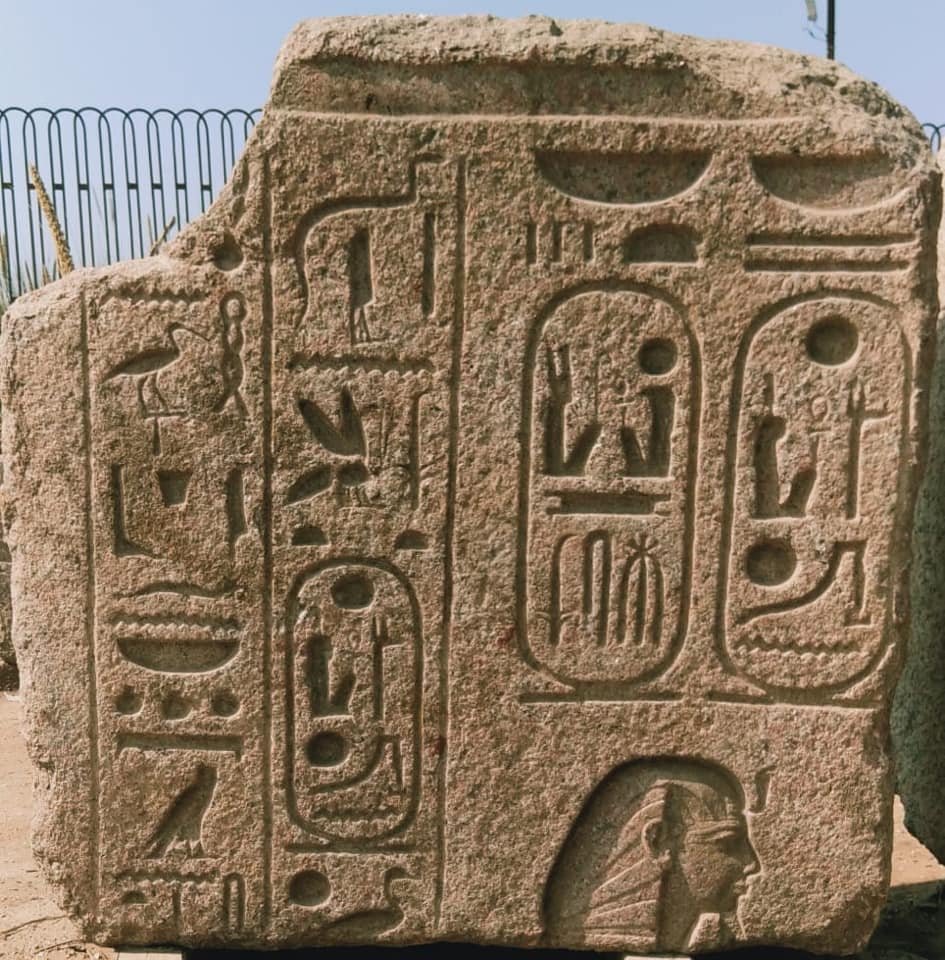
Astonishing ancient Egyptian stone carving found at the site. Credit: Credit: Egypt’s Ministry of Tourism and Antiquities
Sekhmet was a fearsome lion-headed Egyptian goddess and sister of Ptah, who among the most revered creator gods of the Egyptian pantheon, next to Amun and Ra. He was the creator god and keeper of the craftsmen, architects, and sculptors.
See also: More Archaeology News
Goddess Hathor was also a very important deity in ancient Egypt. She was the mother goddess who created and maintained all life on Earth. Hathor was regarded as a symbolic mother of their earthly representatives, the pharaohs.
Pharaoh Ramesses II wanted to be remembered as a mighty, god-like ruler and such powerful Egyptian deities certainly gave him the impression of being one step closer to the gods.
Written by Jan Bartek – MessageToEagle.com – AncientPages.com Staff Writer

